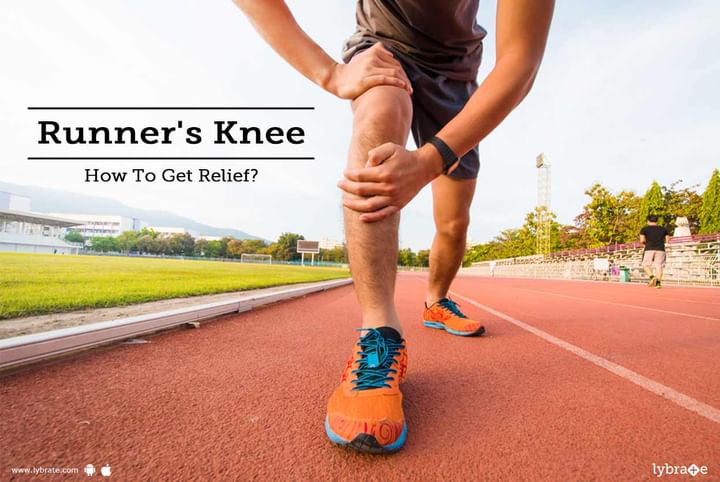Runner's Knee - How To Get Relief?
Runner's knee is not a particularly dangerous problem. It is an expansive term that refers to the pain you feel in case you have one of the few knee issues. For instance, chondromalacia patella, a condition due to softening of the cartilage under the kneecap can lead to runner's knee side effects.
Runner's knee can happen for a few reasons:
- Overuse of the knee in case you are performing highly stretchable exercises
- An immediate hit to the knee as from a fall or a blow
- Your bones are not lined up or aligned properly (this is called malalignment)
- If any of the bones from your hips to your lower legs are out of their right positions, including the kneecap itself, excessive amount of weight can be felt on specific spots in the joint. At that point, your kneecap will not move easily, which can bring about pain.
- Problems with your feet like hypermobile feet (when the joints in and around the feet move more than they should)
- Powerless or unequal thigh muscles. The muscles in the front of your thigh keep your kneecap in its place when you stretch or bend the joint. If they are tight, your kneecap may shift.
Symptoms of Runner's Knee:
The main symptom you will notice is pain. It can happen:
- In front, behind, or around your kneecap
- When you bend your knee, such as when you walk, squat, kneel, run, or even get up from a chair
- When you walk downstairs or downhill
You might also notice swelling around your knee or a popping or grinding feeling inside the joint.
For the vast majority, runner's knee shows signs of improvement with time. However, certain treatments or remedies for pain elevation are as follows:
- Rest your knee. Try to avoid exercises that aggravate the pain, for example, running, lunging, squatting, or sitting or standing for long periods of time.
- Ice your knee to relieve the pain and swelling. Do it for 20 to 30 minutes each three to four hours for three days, or until the pain is gone.
- Wrap your knee. Use a flexible wrap, brace, or sleeves to give it additional support.
- Keep your leg raised on a cushion when you are sitting or resting.
- Take non-steroidal anti-inflammatory drugs (NSAIDs) like ibuprofen or naproxen. These medications help in getting rid of the irritation and help in reducing the pain and swelling. However, they can have reactions such as a risk of bleeding and ulcers.
- Do stretching exercises, especially for your quadriceps muscles. Your specialist can prescribe a physiotherapist to show you what to do.
- Try arch or knee supports for your shoes. They may help with the position of your feet. You can get them at the store or get them custom-made.
- In case that you attempt these procedures and your knee still hurts, enquire as to whether you have to see a surgeon.
- Your specialist additionally may suggest that you get injections of a corticosteroid to help with the pain. However, these are not replacements for rest or exercises.
- Although it is uncommon, extreme instances of runner's knee may require surgery. An orthopedic specialist can replace or remove the affected ligament and, in extraordinary cases, adjust the position of the kneecap.
An Orthopaedic specialist can help you sort out the problem. In case you have a concern or query you can always consult an expert & get answers to your questions!



+1.svg)
